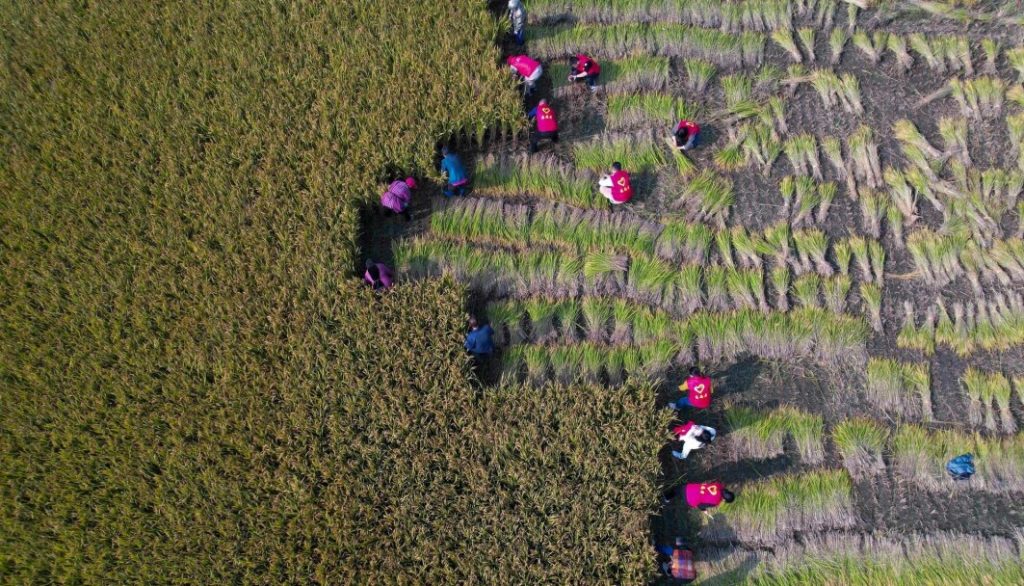
Chinese authorities are following in the footsteps of countries such as Japan, Brazil, and Argentina and relaxing the regulations for genetically modified food plants. According to Håvard Øritsland Eggestøl from the Norwegian Biotechnology Council, the development means that in the future it may be more difficult to import food that has not been genetically modified.
China’s relaxed measures for GM food means that the plants that Chinese researchers have been working on for several years can be taken out of the laboratory and into the field which may affect Norwegian customers in the long run, according to Håvard Øritsland Eggestøl.
To media forskning.no, he explains that Norway is completely dependent on importing food from other countries.
“It may be difficult in not so many years. We can imagine a situation where genetically modified food plants are becoming more and more common around us, while we remain more strict. This can lead to trade conflicts,” Håvard Øritsland Eggestøl says to forskning.no.
The change in China does not mean that traditional genetically modified food has been released. A genetically modified organism (GMO) is an organism whose DNA has been modified in the laboratory to favor the expression of desired physiological traits or the production of desired biological products and such modified food plants will continue to be regulated quite strictly in China.
What is now easier is to grow CRISPR-edited crops which are plants where researchers have removed parts of the DNA the plant already has or made small changes to it.
One of the plants that may find its way to Chinese fields is a genetically modified wheat plant. It is resistant to a specific fungal disease. Instead of giving wheat new genes, Chinese researchers have removed certain areas of the DNA, namely the areas that made the plant vulnerable to the harmful fungus.
Researchers still have to apply for permission from the Chinese authorities, but the approval can now take place much faster.
In Norway, on the other hand, genetically modified food plants are not close to being taken out of the laboratory yet as the country has some of the strictest regulations in the world, Håvard Øritsland Eggestøl says.
In addition to proving that the plant is safe for health and the environment, which is in line with EU rules, the food plant must also contribute to sustainable development, be socially beneficial, and ethically sound. So far, only one GMO plant has been approved in Norway and it’s not a food plant but a blue-purple carnation cut flower.
Recently, however, genre editing has been discussed in the EU.
“Among several member states, France and Sweden have spoken out in favor of easing the rules in the EU. If that happens, it will have consequences for Norway,” Håvard Øritsland Eggestøl says.


2 Comments on “China opens up for genetically modified food – This is how it will affect Norway”